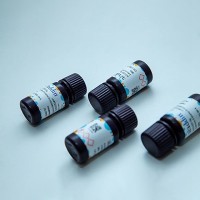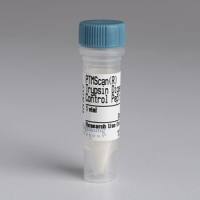Experimental Induction of Human Atypical Melanocytic Lesions and Melanoma in Ultraviolet-Irradiated Human Skin Grafted to Immunodeficient Mice
互联网
435
The development of melanoma and its precursor lesions has been associated with intense intermittent sun exposure and the deleterious effects of ultraviolet (UV) light (1 ). This is supported by epidemiologic data as well as several animal models in which melanoma could be induced or promoted by UV irradiation (Table 1 ). It remains to be elucidated what changes UV light induces in the human pigment cells at the molecular level that trigger malignant transformation. Experimental animal models established to date have helped us to understand the etiology and pathobiology of melanoma, but they do not necessarily mirror the biology of human melanoma development. The skin morphology in animals differs substantially from that in humans, and melanocytes show a different distribution pattern. In mice, melanocytes are mainly located in the hair follicles, whereas in humans, melanocytes are found epidermally at the basement membrane zone. The number of cell layers of the epidermis is, for the most part, markedly less in mice than in humans (Fig. 1 ).









